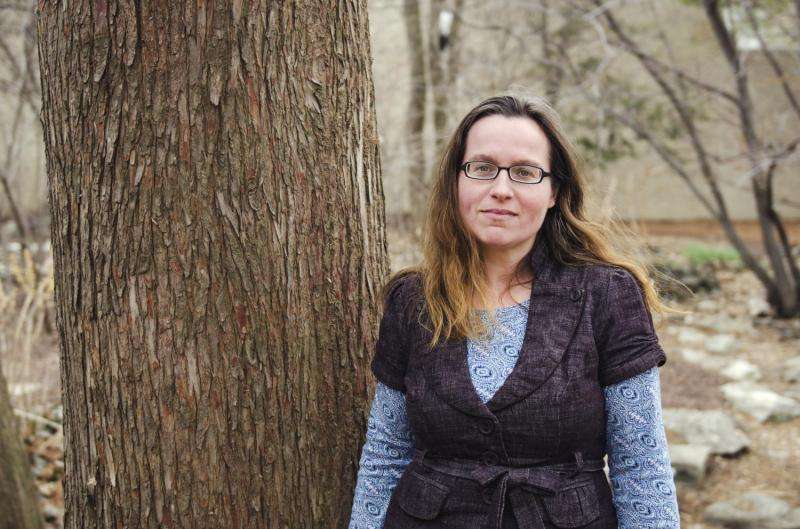Data from 1800s can help researchers, forest managers maintain healthy forest ecosystems today

When seeking clues to how well conservation efforts are working in the present, sometimes scientists look to the past—and there may be no better historical record than the forest surveys conducted in Missouri by the Bureau of Land Management in the 1800s. Using these historical records, University of Missouri researchers were able to shed new light on how the interaction of natural disturbances, such as wildfires, and human actions shape forest conditions and the ecosystem services that forests provide today.
Brice Hanberry, a research associate in the MU School of Natural Resources, in partnership with the USDA Forest Service, examined surveys conducted by the U.S. General Land Office (GLO) primarily between 1813 and 1850 in Missouri. In the GLO records from the original Missouri survey, surveyors used "witness trees" to mark survey lines and section corners. In the process, they recorded the species, diameter and relative location of these trees. Using those data, Hanberry and her team reconstructed Missouri forest conditions in the early 1800s.
"It is informative to compare and contrast the conditions found in previous forests to current forests," Hanberry said. "New knowledge about historical forests, which compared to current forests were less disturbed by timber harvesting and more disturbed by fire, helps us understand how human and natural forces can interact to shape a range of alternatives for future forest conditions."
After reviewing the GLO surveys, Hanberry's team compared results to systematic surveys of present day forests and found that historical forests generally had fewer but larger trees and thus, likely were more open or parklike beneath the main canopy. Her findings also indicate that historical forests had more total biomass and therefore sequestered more carbon than current forests.
"Sequestration is the process by which growing trees accumulate carbon from carbon dioxide in the atmosphere," Hanberry said. "Today atmospheric carbon dioxide emissions from burning fossil fuels are implicated in climate change, and carbon sequestered in forest biomass reduces carbon dioxide in the atmosphere. That is one of the many ecosystem services that forests provide."
Although it may not be possible or even desirable to return all Missouri forests to their historic conditions, understanding the conditions of those forests helps scientists understand the range of possibilities conservation managers can consider when deciding how best to manage future forests.
"Conservation efforts in current forests should include retention of mature trees, and planners should consider retention of larger trees in urban, residential and agricultural uses to maintain 'natural capital,'" Hanberry said.
The study, "Loss of aboveground forest biomass and landscape biomass variability in Missouri, U.S.," recently was published in Ecological Complexity Journal.
More information: Brice B. Hanberry et al. Loss of aboveground forest biomass and landscape biomass variability in Missouri, US, Ecological Complexity (2016). DOI: 10.1016/j.ecocom.2015.11.001
Provided by University of Missouri-Columbia




















